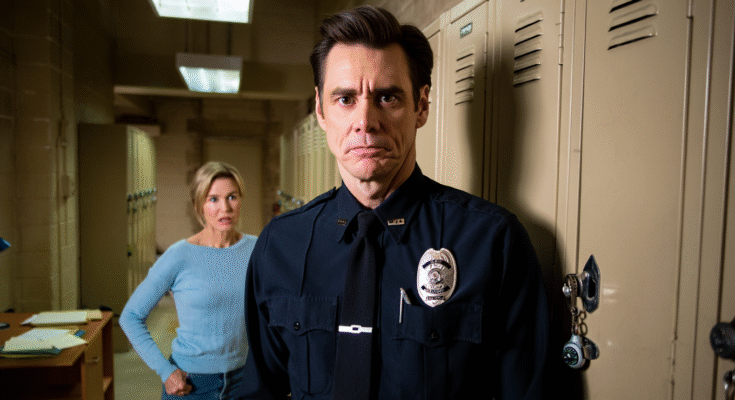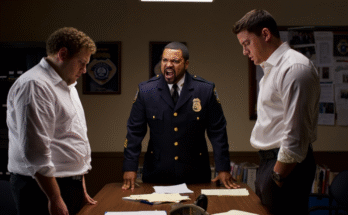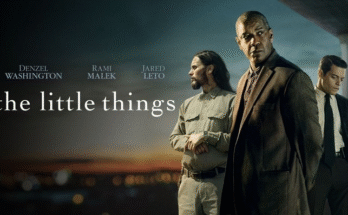It’s been twenty-five years since Jim Carrey’s Charlie Baileygates first wrestled with his out-of-control alter ego, Hank. Now, in Me, Myself & Irene 2 (2025), Carrey returns to the role that perfectly captured his gift for manic physical comedy and emotional absurdity. With the Farrelly Brothers once again at the helm, the sequel doesn’t just revisit the split personality hijinks — it detonates them into an even wilder, raunchier, and more chaotic ride.
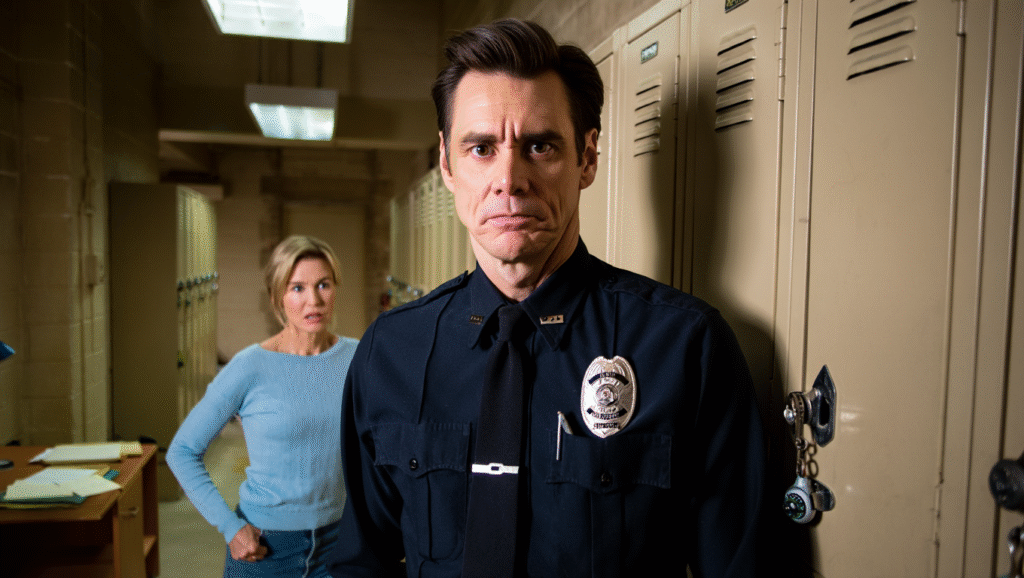
The film opens with Charlie trying to live a quiet life with Irene (Renée Zellweger), their relationship surprisingly intact after decades of turbulence. But peace doesn’t last long. When a bizarre case throws them back into the path of corruption, crime, and chaos, Charlie’s fragile balance begins to unravel. Hank, the foul-mouthed, impulsive id that lurks within him, bursts back onto the scene with even less patience, more vulgarity, and a reckless energy that Carrey attacks with gusto.
Carrey’s performance is nothing short of a masterclass in comedic duality. As Charlie, he’s gentle, apologetic, and forever on the verge of collapse; as Hank, he’s a walking storm of insults, libido, and unfiltered aggression. Watching him pivot between the two, sometimes mid-sentence or even mid-punch, is a reminder of why Carrey remains one of the most dynamic comedic actors of his generation. Age has only sharpened his timing, giving Hank’s tirades a biting edge while lending Charlie’s despair a deeper pathos.
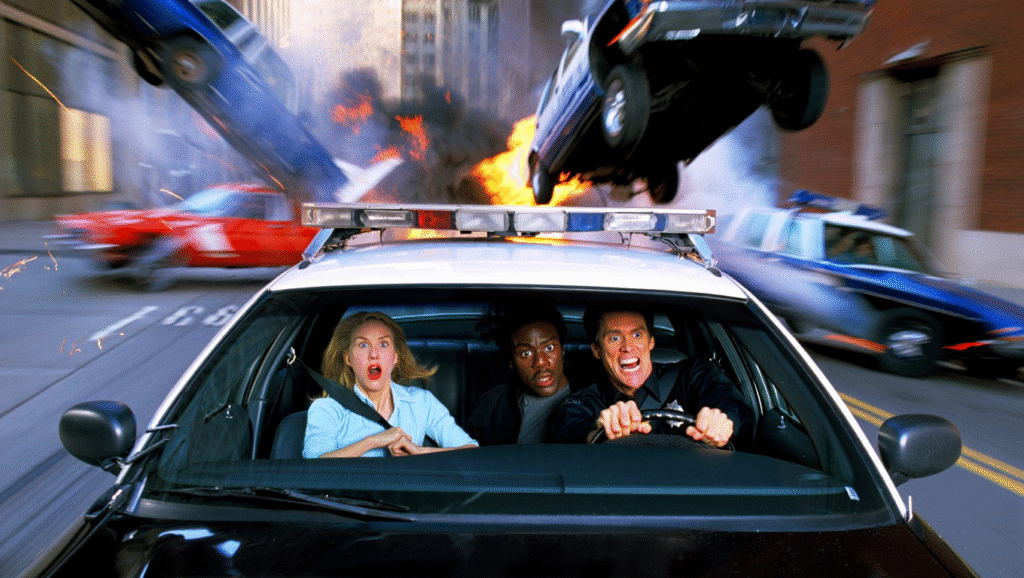
Zellweger, too, gets more to do this time around. Irene isn’t simply the long-suffering partner dragged along for the ride; she’s fully enmeshed in the case, delivering sharp comebacks and displaying a toughness that balances Carrey’s chaos. Her chemistry with him remains surprisingly sweet, grounding the story whenever it threatens to fly completely off the rails. Together, they create an emotional core that keeps the insanity watchable rather than overwhelming.
The supporting cast adds extra fuel to the madness. Anthony Anderson returns in a scene-stealing role that leans heavily into broad humor, providing a counterpoint to Carrey’s two-in-one performance. The Farrellys surround the leads with colorful oddballs — shady crime bosses, bumbling police officers, and even a rival with his own “split” tendencies — ensuring that every corner of the film is packed with comic energy.
Tonally, the movie leans hard into the outrageous. The Farrelly Brothers haven’t lost their taste for raunchy gags, slapstick violence, and cringe-inducing set pieces. From car chases gone spectacularly wrong to a disastrously inappropriate funeral scene, the film revels in pushing the envelope. Some jokes land harder than others, but the commitment to excess is admirable. If you thought the original was unhinged, this sequel takes things three notches further.
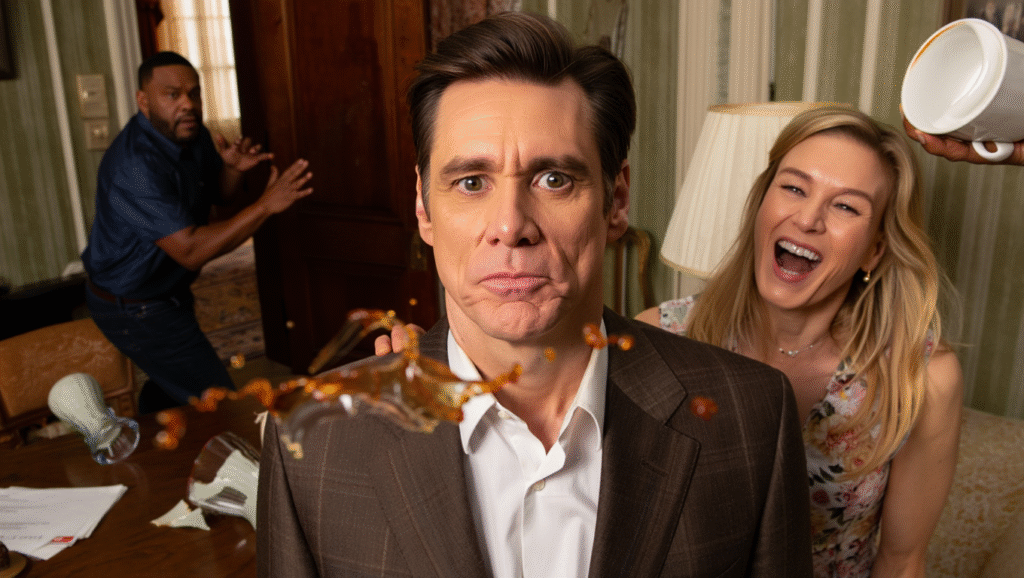
What’s interesting, though, is the way the film occasionally pauses to explore Charlie’s fractured psyche. Beneath the spit-takes and pratfalls, there’s an undercurrent of tension about identity, self-control, and the cost of living with constant inner conflict. Carrey wrings surprising emotion from Charlie’s quieter moments, reminding audiences that behind all the absurdity lies a character genuinely struggling to hold himself together. It’s a balance only he could pull off.
Action sequences play a bigger role this time around, with elaborate stunts that showcase Carrey’s physicality. A chaotic highway chase where Charlie literally fights Hank for control of the steering wheel (complete with seatbelt gymnastics) is destined to become a highlight reel moment. The Farrellys understand Carrey’s body is his greatest special effect, and they frame every gag around his ability to contort, stumble, and explode with energy.
The film’s biggest strength is its willingness to embrace both nostalgia and reinvention. Fans of the 2000 original will find plenty of callbacks — from Hank’s vulgar one-liners to Charlie’s sheepish apologies — but the sequel isn’t content to recycle. Instead, it amplifies the absurdity, acknowledging the passage of time while proving Carrey’s comedic force hasn’t dimmed.
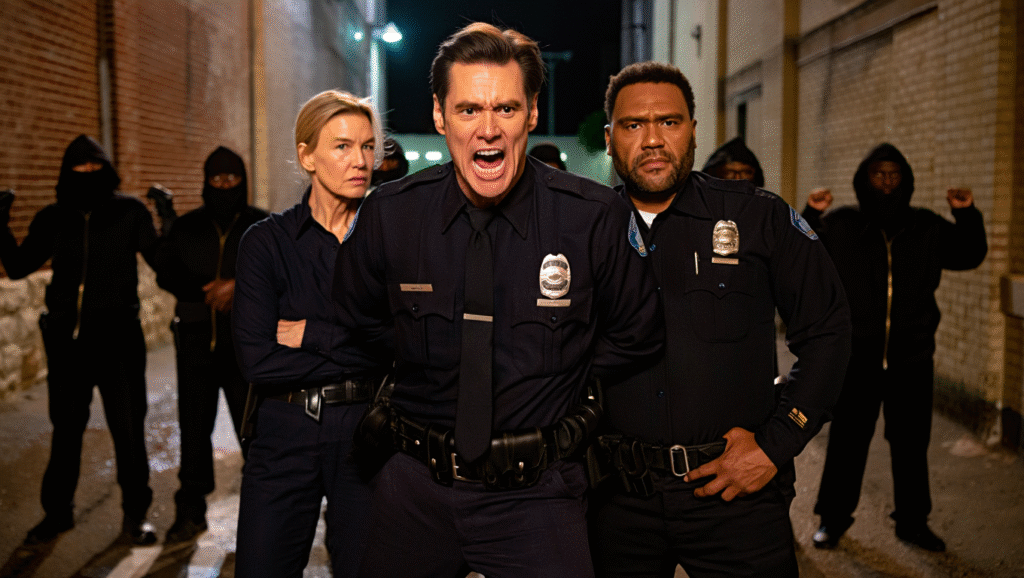
If there’s a weakness, it’s that the raunchy humor occasionally feels dated. Some gags rely on shock value more than wit, and not every joke lands with the same precision. Yet, even when the humor wobbles, Carrey’s sheer commitment keeps the film afloat. Watching him go all-in, unafraid to humiliate himself for a laugh, is the kind of spectacle Hollywood rarely delivers anymore.
By the final act, Me, Myself & Irene 2 embraces pure chaos, letting Charlie and Hank collide in a delirious crescendo of insults, pratfalls, and redemption. It may not be subtle, it may not be refined, but it’s gloriously unrestrained. For fans of the original, it’s everything you could hope for — a wild, messy, hysterical return to a character who remains one of Carrey’s most iconic creations.
